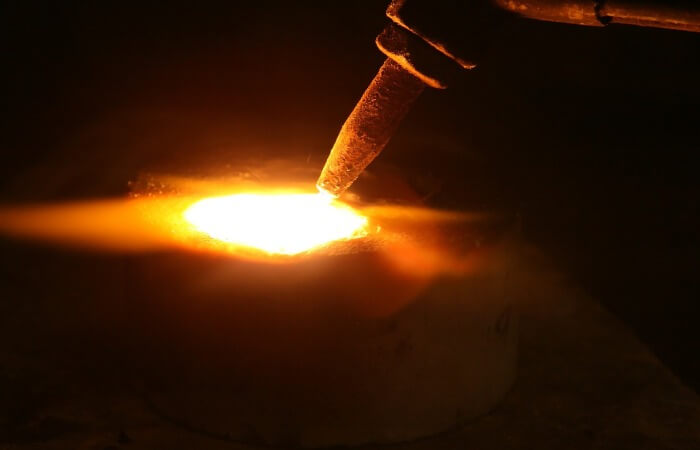Hybrid of sunflower, the oil content of which is 50% more reviews feature the price, buy description pioneer Syngenta Limagrain Express the varieties of seeds euralis Bella Reina yield sanay velox neeoma Annie Tristan maisadour Durban savage Krasnodar farming

Hybrid of sunflower, the oil content of which is 50% more compared to the ordinary.
Hybrid of sunflower, the oil content of which is 50% more compared to the usual, you’ll be short vegetative period ripening for 83-90 days. The oil content in this 48-54%.
Description:
Hybrid of sunflower, the oil content of which is 50% more compared to the usual, you’ll be short vegetative period ripening for 83-90 days. The oil content in this 48-54%. From 1 hectare can be up to 1.5 tons of liters of sunflower oil.
About the sunflower:
Sunflower (Latin. Helianthus — the solar flower) is a genus of plants of the family Asteraceae. This extensive and polymorphous genus occurring in North and South America, now has 108 species.
The most familiar form of this kind of plants — oilseed sunflower or Helianthus annuus (Helianthus annuus). Its common name is the sunflower. Is grown worldwide and is used for the production of sunflower oil.
Plant height, depending on species and weather conditions, can reach 3 meters.
The average yield of sunflower in our country is 12-15 quintals per hectare. The maximum sunflower yield is 45 q/ha.
In sunflower seeds contain a lot of vitamins A, E, D and PP, and polyunsaturated fatty acids (especially linoleic), phospholipids, lecithin, carotene, betaine, pectin, phytin, flavonoids, glycosides, anthocyanins, saponins, trace elements (boron, vanadium, iron, potassium, calcium, cobalt, magnesium, manganese, molybdenum, sodium, zinc, selenium, sulfur, phosphorus), vegetable waxes, etc.
100 g of hulled sunflower seeds contains: fat – not less than 50 g, protein – 20 g, carbohydrates – 11-14, dietary fiber – 9 g, water – 5 g.
Sunflower (seeds) are not only used in food but also used in medicine, especially in folk. Well known for its curative properties. This applies not only seeds, but flowers, stems, leaves and roots.



